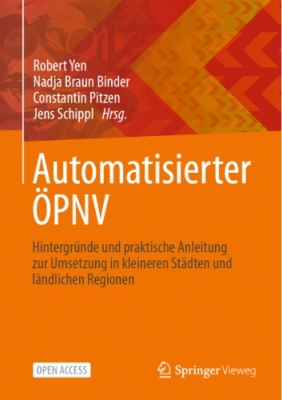The Federal Roads Office (FEDRO) identifies the number of congestion hours on the national road network as a key problem and has defined traffic management measures to improve traffic flow. FEDRO has commissioned Rapp with the development of the measure "Evaluation of the use of distance keeping systems and platooning".
The potential of truck platooning
The technical and legal prerequisites are not yet in place, but pilot projects with HGVs in Europe show that the potential is there and HGV platoons could dominate the scene on national roads in the coming years.
Automation in traffic approaches silently. Many premium and mid-range vehicles already have assistance systems for distance keeping and lane keeping. And also trucks are keeping pace with the developments. The possibilities of platooning, driving in convoy at close distance thanks to interconnected vehicles, are being tested in field tests. The EU held a 'Truck Platooning Challenge' for this purpose in 2016 and publicised the topic in the media. The surrounding countries could allow truck platooning on their motorways already in just a few years.
The key word is networking
Platooning uses modern assistance systems and networks the vehicles with each other so that only the leading vehicle (towing vehicle) drives conventionally, while the following vehicles (following vehicle) follow the towing vehicle automatically. Speed, distance and lane guidance as well as braking and acceleration of the following vehicles are carried out by the assistance systems, the driver can rest and no longer has to concentrate on the traffic.
Thanks to connectivity, all information from the lead vehicle can be transferred immediately to the trailing vehicles. This means that the braking distance no longer requires any reaction time, and the vehicles can drive in slipstream behind each other at short intervals, thus saving up to 10% fuel.
Platooning - The saviour of motorway traffic?
Shorter distances create more free traffic space and increase performance. At first glance, platooning does indeed seem to be the saviour for congestion on the high-capacity road network. But this is only true as long as the vehicles can actually drive as a platoon in short intervals. In situations where the platoon has to be broken up - at entrances and exits or in tunnels - on the other hand, greater distances between the vehicles are required for safe driving than is usual today. In addition, the dissolution and formation of the platoon always requires a certain amount of time and length. With a dense sequence of entrances and exits, this results in a constant hand organ movement - not an indication of high performance.
Plan case Swiss national road network
Rapp was commissioned by FEDRO to evaluate the opportunities and risks of using platooning on the Swiss national roads. For this purpose, the operational processes of platooning were derived and applied to the Swiss national road network. This showed that under the legal regulations currently in force (HGVs drive on the right, HGV speed = 80 km/h), the high density of entrances and exits does not allow efficient platooning operations.
However, if traffic rules were revised in the course of automation and, for example, higher truck speeds were permitted for platoons and/or platoons were arranged in the left lane, certain routes could certainly serve platooning, but not all. The focus is on the major motorway routes west-east and north-south. Therefore, Rapp Trans recommends launching a pilot trial on a section of the route in the next few years to show how safe platooning could work in practice.
Contact us
Erik Schaarschmidt
erik.schaarschmidt@rapp-trans.de
+49 30 2844 9327
Key data
Client: FEDRO Federal Roads Office
Period: 2017
Partner: without partner






